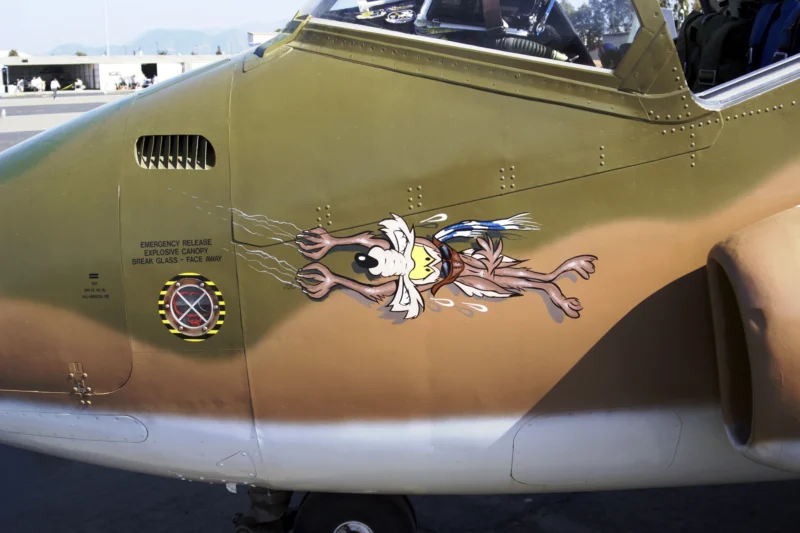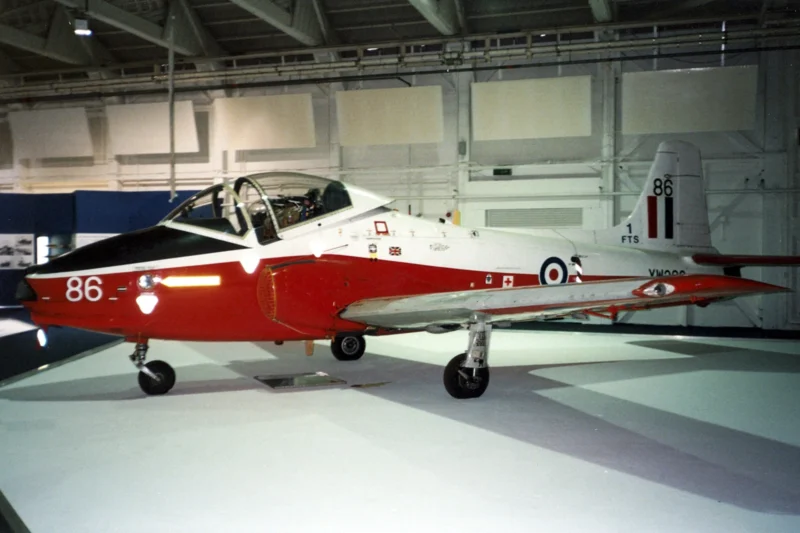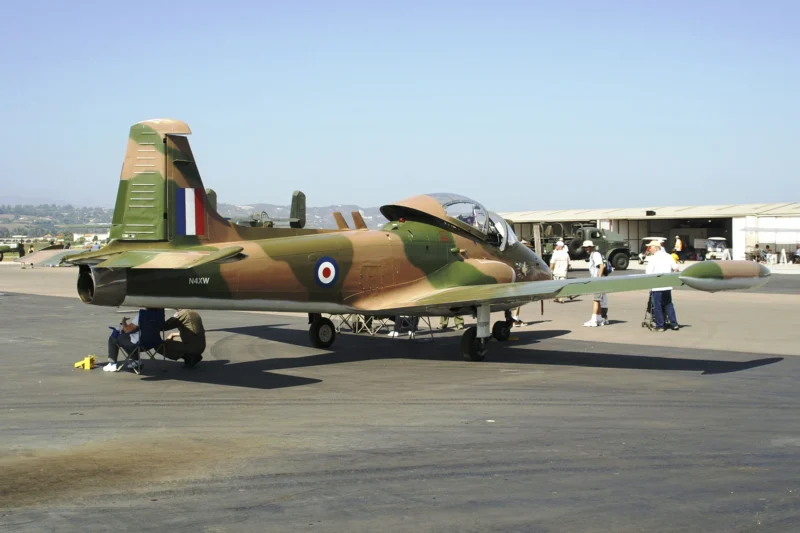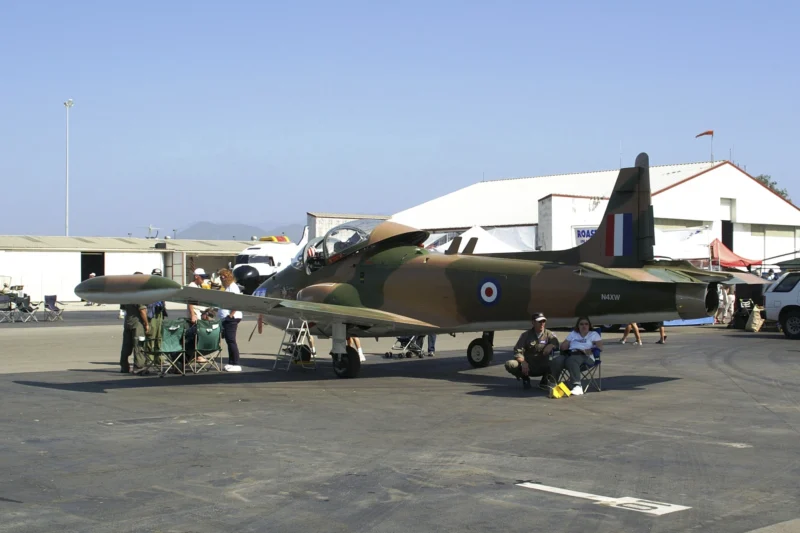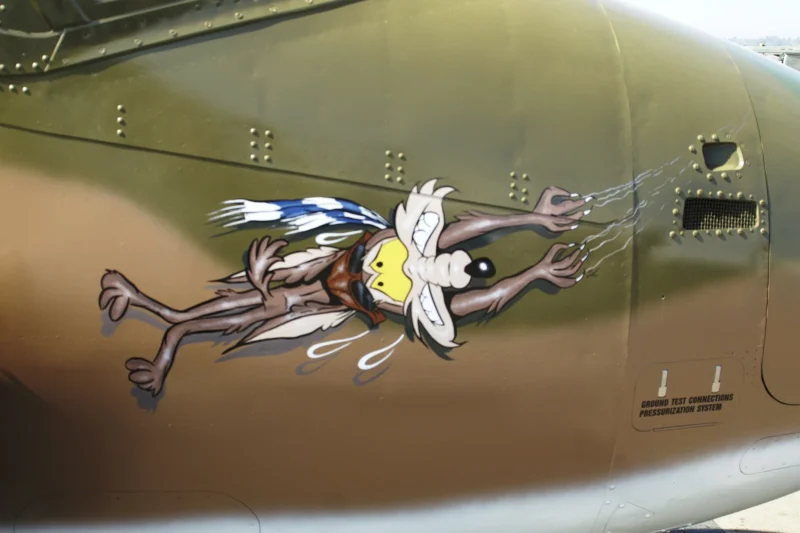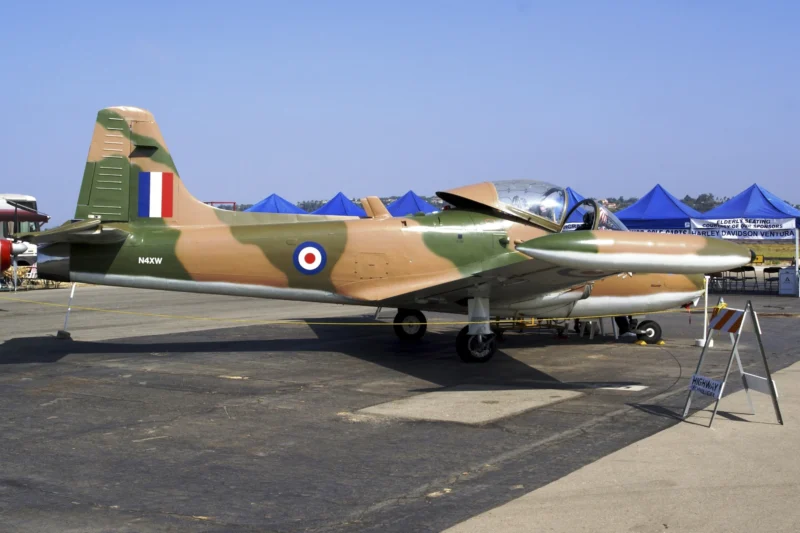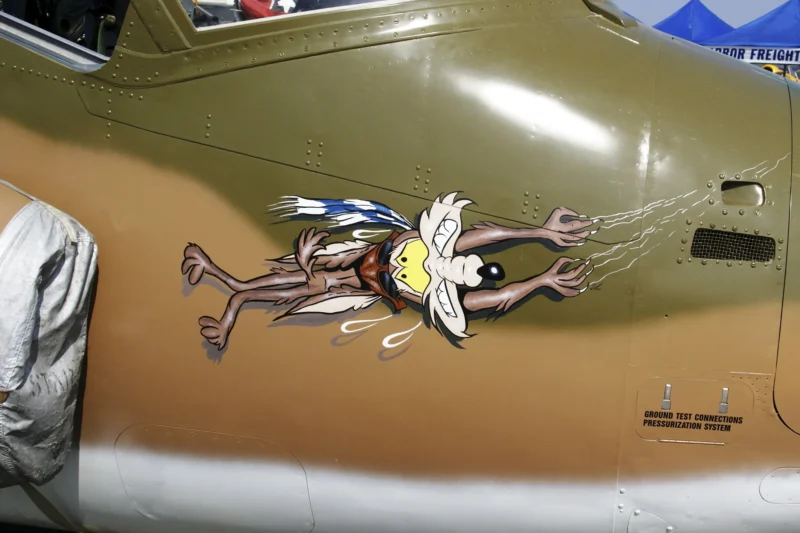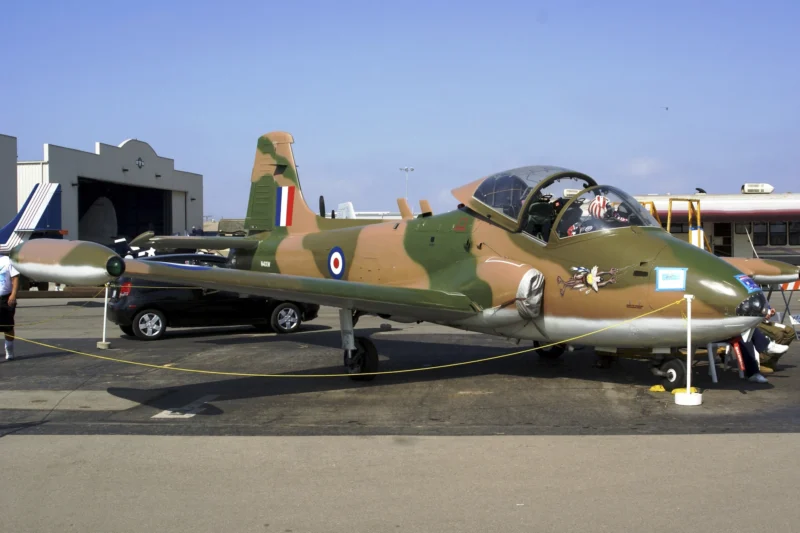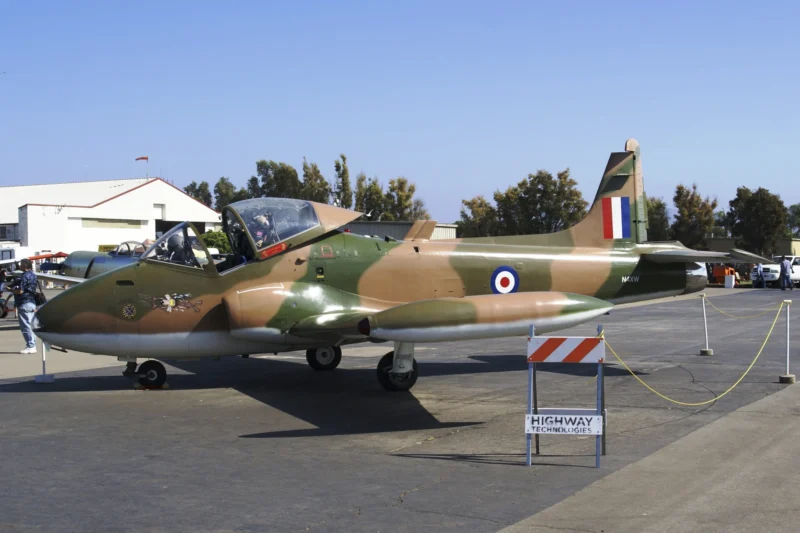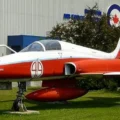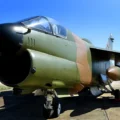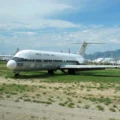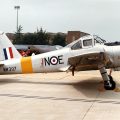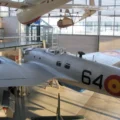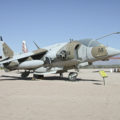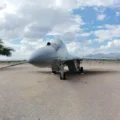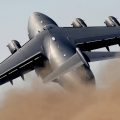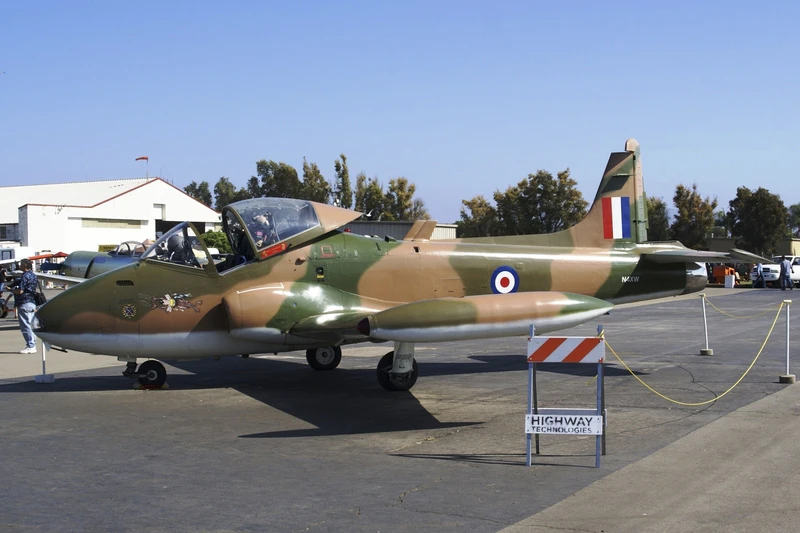
BAC Jet Provost | |
|---|---|
| Country | UK |
| Role | Military trainer aircraft |
| First flight | 26 June 1954 |
| Built | 734 |
The BAC Jet Provost is a British jet trainer aircraft that was in use with the Royal Air Force (RAF) from 1955 to 1993. It was originally developed by Hunting Percival from the earlier piston engine-powered Percival Provost basic trainer, and later produced by the British Aircraft Corporation (BAC). In addition to the multiple RAF orders, the Jet Provost, sometimes with light armament, was exported to many air forces worldwide. The design was also further developed into a more heavily armed ground attack variant under the name BAC Strikemaster.
Source: BAC Jet Provost on Wikipedia
| British Aircraft Jet Provost T.Mk.5A | |
|---|---|
| Photographer | Unknow |
| Localisation | Unknow |
| Photos | 9 |
See also:
General Characteristics (T.Mk 5 Variant)
The Jet Provost was the Royal Air Force’s (RAF) first purpose-built basic jet trainer, replacing the earlier piston-engine Provost. Its key feature was the side-by-side seating arrangement for instructor and pupil.
| Property | Value (T.Mk 5 Pressurized Trainer) |
|---|---|
| Role | Basic Jet Trainer, Light Attack (Export versions) |
| Manufacturer | Hunting Percival / British Aircraft Corporation (BAC) |
| In Service | 1955 to 1993 (RAF) |
| Crew | 2 (Side-by-side seating with dual controls) |
| Empty Weight | 2,217 kg (4,888 lb) |
| Max Take-Off Weight | 4,173 kg (9,200 lb) |
Powerplant and Performance
- Engine: One Rolls-Royce / Bristol Siddeley Viper Mk 202 turbojet engine.
- Thrust: 11.1 kN (2,500 lbf) static thrust.
- Maximum Speed: 708 km/h (440 mph / 382 knots) at 25,000 ft.
- Operational Range: Approximately 1,450 km (900 miles) with tip tanks.
- Service Ceiling: 11,200 m (36,750 ft).
- Key Feature (T.Mk 5): Introduction of a fully pressurized cabin, recognizable by its distinct, more bulbous canopy and forward fuselage shape.
Armament and Design
- Armament (RAF Trainer): Typically unarmed.
- Armament (Export Versions – e.g., T.55): Two 0.303 in (7.7 mm) machine guns.
- External Stores: Export versions could carry a variety of munitions on underwing hardpoints, including rockets (e.g., SNEB pods), practice bombs, or 540 lb GP bombs.
- Ejection Seats: Fitted with Martin-Baker automatic ejection seats suitable for low-level operation.
- Related Development: The design was heavily modified and reinforced into the dedicated light attack aircraft, the BAC Strikemaster.
Views : 1031
